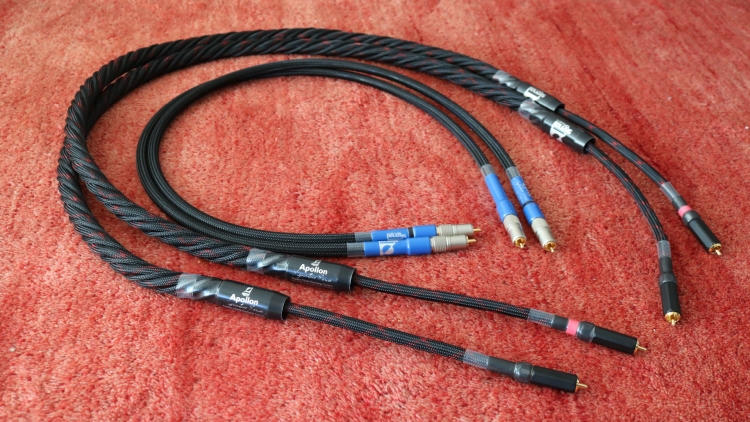
Adding the Aries Cerat Impera Reference preamp
Speaking of soulful, this was my cue to involve the magnificent Aries Cerat Impera Reference preamp. I’ve held off using the preamp in this review thus far for two reasons. First, the Lynx cable is simply too short to use with two units side by side, and second, for the Lynx, I wanted to use a preamp in the “attainable” price category. Not that the Impera Reference is extravagantly priced, certainly in light of its massive build and superb performance, but at 21.500 euro, it’s very much in the serious camp, more like the Apollon cable.
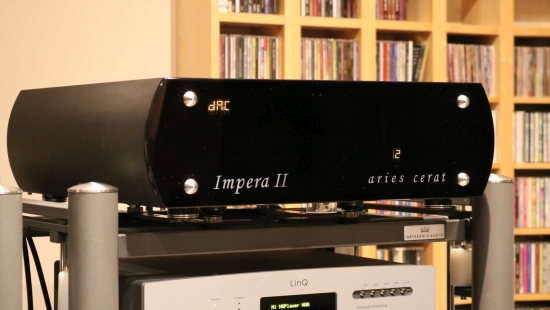
With the change of preamp, I’m also changing the DAC from the CH C1 to the Aqua Formula xHD. And simultaneously, I’m adding the AudioQuest Fire RCA interlink to this comparison. AudioQuest? Isn’t that the company that makes affordable cables and tweaks? Yes indeed, but they also make upmarket items, all the way up to the stratosphere. The Fire RCA cable costs 3500 euro for 1 meter and a whopping 5.500 euro for 2 meters, as reviewed. And just as with Signal Projects, that’s nowhere near the top of the range just yet. But for both brands, you could say that the two cables that I have here represent the sweet spot.
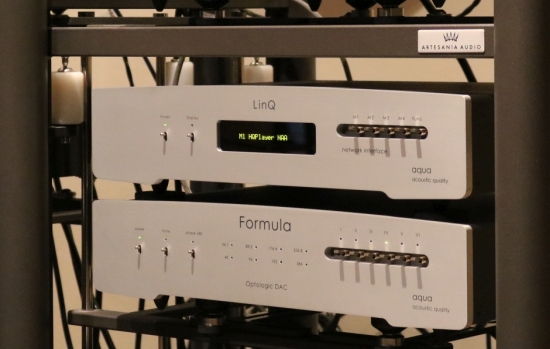
Between the Impera Reference preamp and the CH A1.5 amplifier, I’m using the Fire interlink because it has sufficient length and also because I found that this combination works particularly well. In turn, the Apollon is connected between the Formula xHD DAC and the Impera Reference Preamp. Because the Impera was already switched on since early in the morning and it was fully warmed up, the listening could resume immediately after changing the cables.
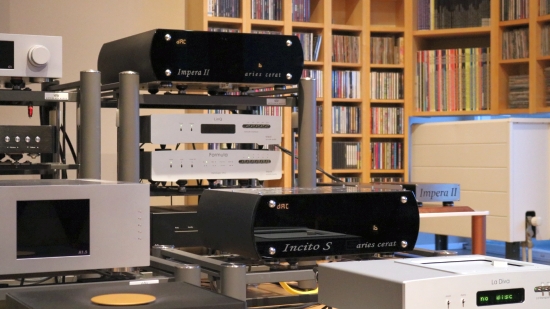
Oh boy, this was something else! Of course, the change in preamp makes an enormous difference (which I will describe in detail in the upcoming review) but, clearly, the Apollon was also working remarkably well with the Formula xHD DAC and the Impera Reference preamp.
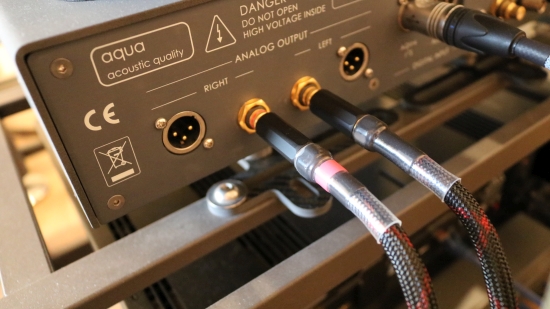
What the system produced now was exceedingly well-balanced, refined, tonally rich, and even more deeply saturated, and still smooth but also well-textured, open, detailed, energetic, and remarkably lively. Indeed, in this combination (the leaner and less voluptuous-sounding DAC helps, as well as the exceedingly lively preamp), vocals now float just above the mix and the Apollon’s remaining politeness now blends in perfectly.
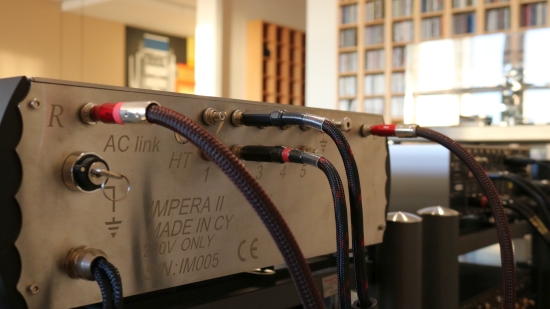
I’ll admit that I had a few “gulp” moments, as well as a long and hard contemplation about my system’s performance and whether or not I should take a new turn. I will address that in a future article but for now, let’s return to the Apollon interlink that performs so magically in this context.
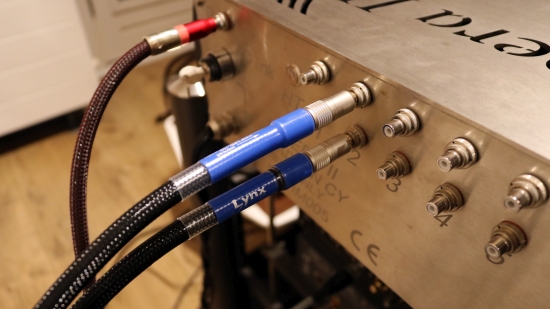
Going back to the Lynx again confirms the strong family resemblance and a similarly soulful delivery but this exercise also clearly marks the more affordable cable as being quite rounded and less precise, less open, and above all, less expressive and communicative. Although the Lynx works a little better in this combination than in the earlier pairings, it just can’t match the Apollon in terms of incisiveness and expression. And given the large disparity in cost, that’s precisely how it should be.
The Vermouth Reference interlink (760 euro for 1 meter) confirms what I feel the Lynx is missing in terms of bass robustness and midrange slam and it even makes the Apollon seem still slightly laidback after all, but in turn, it also perfectly illustrates just how ultra-refined, airy, and supremely liquid both Signal Projects cables really are. Upon returning to the Apollon, I’m again amazed by the rare mix of smooth richness and deep saturation, and a great level of detail.
As a final test, since they are in the same price class, I wanted to compare the Apollon directly to the AudioQuest Fire. But I’ve only got one pair, so I connected the preamp and power amp with the Driade cables and freed up the Fire for use between the Aqua DAC and the Aries Cerat preamp. This proved interesting! While the Fire offers what seems to be an ideal midway between the Vermouth’s robustness and drive, and the Apollon’s tonal saturation and refinement, it still offers a very different sonic perspective. First off, the imaging between the two cables is entirely different. The Fire has a relatively narrow soundstage and a forward and rather direct perspective while the Apollon has a wider soundstage and projects much more behind the speakers.
In part, these differences can be explained by the diametrically different manner in which these two cables are constructed, the Fire using solid core conductors in what’s mostly air insulation versus the Apollon using litz wire in what feels like a soft PVC-like dielectricum. But as I know from past experience, this only tells part of the story. What’s particularly at odds with earlier experiences is how the Apollon manages to sound as smooth and liquid as it does while maintaining such high levels of resolution and precision. The Apollon is airier and more fluid, but in this context, there’s nothing amiss in terms of detail or precision. It’s just presenting the music differently.
But even in this more ideal partnering, it’s evident that the Apollon and the Fire have very different key performance areas. The Driade and the Fire are closer to being strictly neutral but does that make them better cables? I will leave that question for the reader to answer.
What I will say is that, no matter how different they are, both cables provide musically beautiful renditions. I will also add that I am becoming notorious for emphasizing articulation and transient attack and I know that not every listener is as sensitive to this as I am. Ultimately, the decision will come down to system synergy and user preferences, in particular the craving for either more seductive liquidity and flow or more exhilarating drive and expression.
Bonus content – JW system
Just before finalizing my work for this article, I paid my good friend JW a visit and decided to bring the Apollon cable along. JW’s system revolves around a Thorens TD1601, a Wadia 861, Zesto pre-and power amplifiers, and original Apogee Duetta Signature magnetostatic dipole speakers. Knowing my audio buddy’s taste, I felt confident that he would like the cable and that proved to be spot on! With the Apollon having substituted the Cardas Clear cable between the pre-and power amplifiers, JW was positively delighted with the cable’s full-blooded bass and its supremely liquid and deeply saturated delivery. And it delivered the goods with the turntable as well as with the CD player. The old 861 can still be dry or square-ish at times compared to vinyl but with the Apollon cable, that effect was much reduced.
The Cardas, in comparison, is a little dry and staccato, especially noticeably with sustain and decays, it’s not as liquid as the Apollon. However, the Cardas does have slightly more immediate transients and sounds ever so slightly more expressive. Just as was the case with my own CH system (but not with the Aries Cerat preamp and Aqua DAC), JW’s Zesto system portrayed vocals and snare drums in the midrange as being embedded in the mix, rather than just peaking above it as with the Cardas cable. Nevertheless, with its seductive delivery and its supreme finesse, the Apollon made a very compelling case. I could see JW already crunching the numbers. Ultimately, he decided that his aging and rather relaxed “Duetta Ladies” as he lovingly refers to them, as well as his Zesto system, pair better with the slightly more open and articulate Cardas Clear cables. But the Apollon has planted a seed and it will be interesting to see how it grows over time.
Next: Connectors and Conclusion
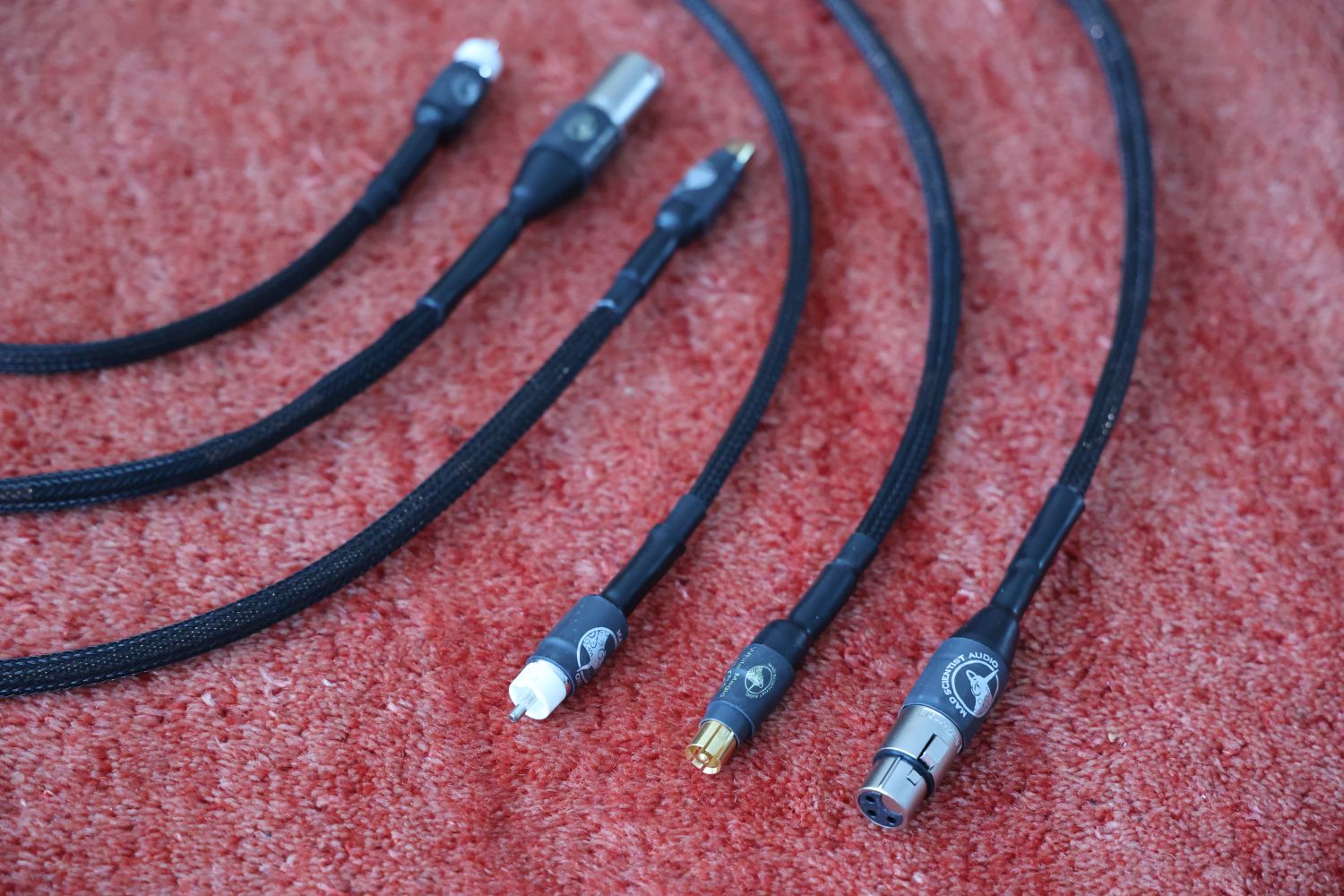
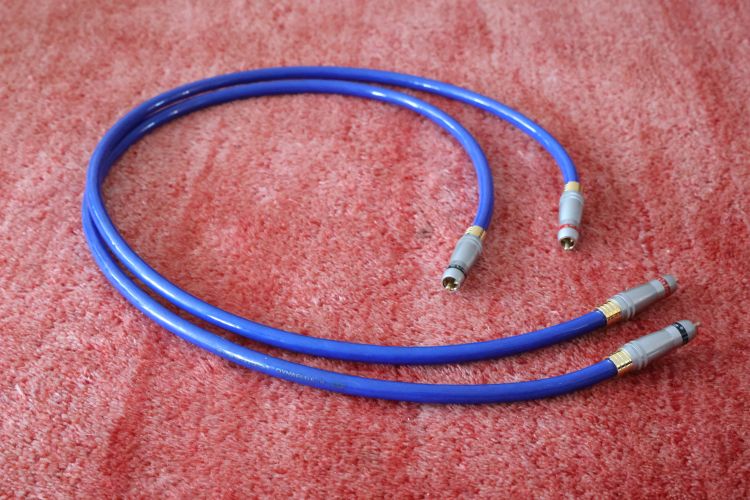

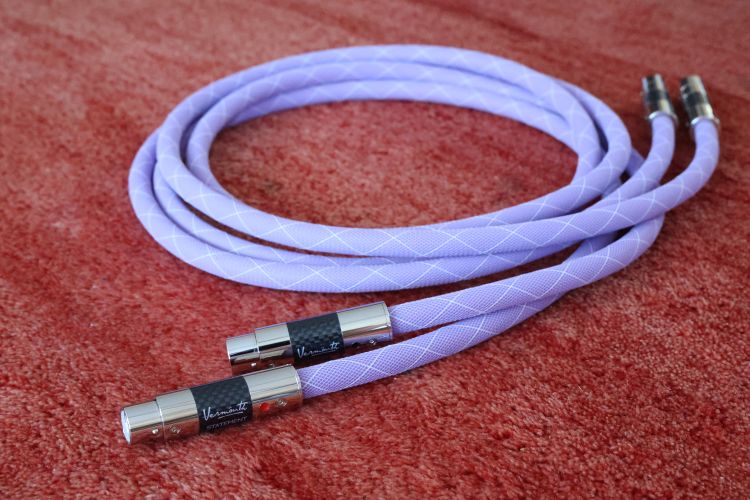
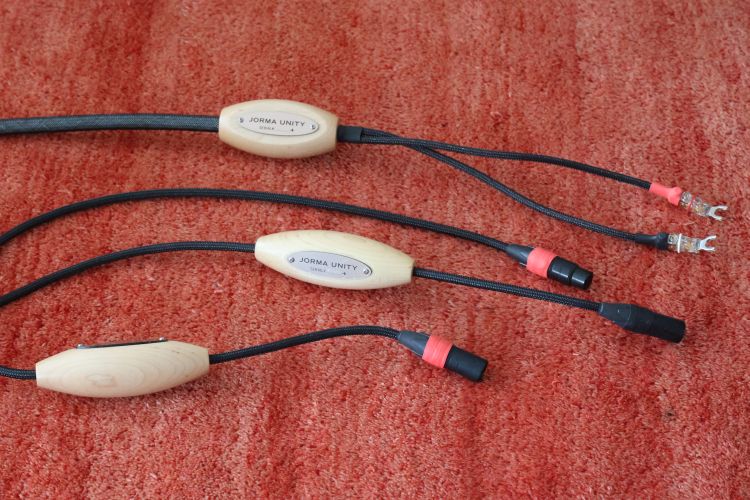
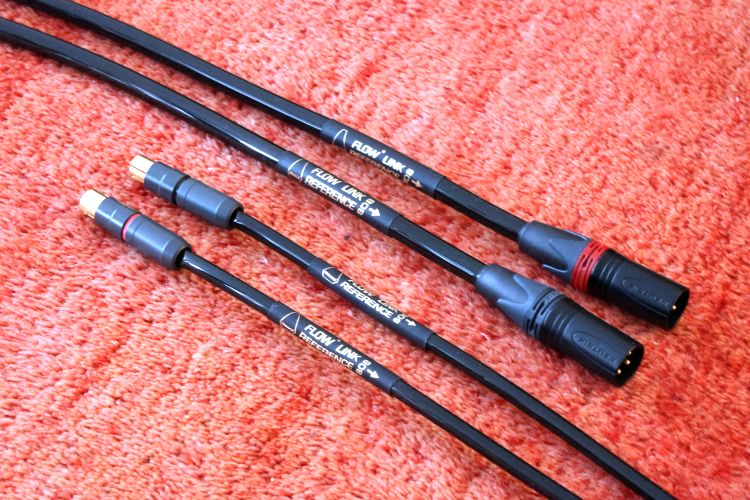
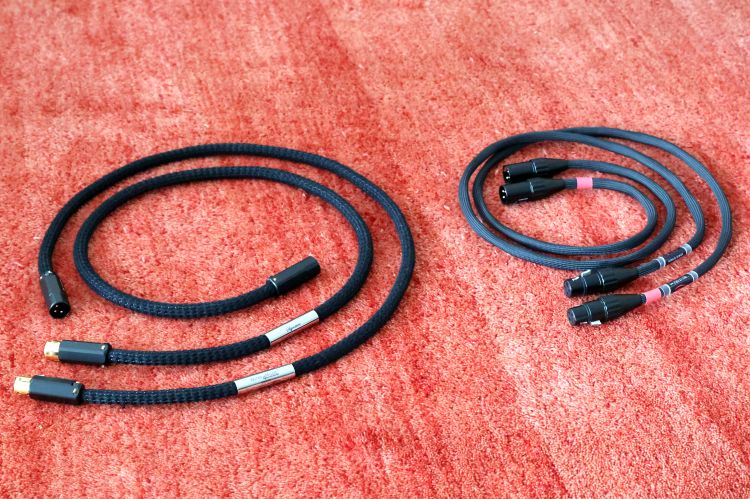
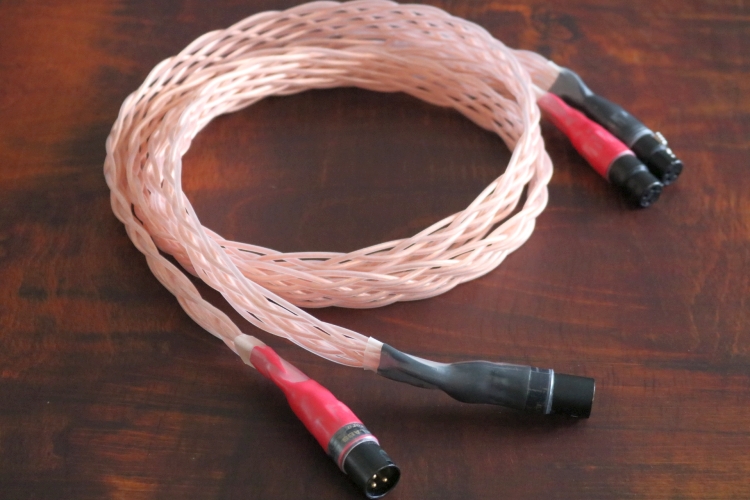
In your review of the Signal Projets Lynx, you state:
“Substituting the Driade cable for the AudioQuest Water, a long-standing old favorite, makes for a substantial shift”.
This is, for me at least, a very confusing statement. Given the context, I believe you mean:
Either “Substituting the AudioQuest Water for the Driade cable” or “Replacing the Driade cable with the AudioQuest Water”, both of which formulations have the same meaning.
Your formulation suggests, on the other hand, again for me at least, exactly the opposite, that you were listening to the AudioQuest Water, and then you tried the Driade cable after that.
My apologies in advance for a very minor linguistic point. I believe, however, that clarity helps your narrative, which is a very good one.
By the way, for your information, I am comparing, in my system, the Signal Projects Avaton USB cable with the Shunyata Omega USB cable. Very different sound, both outstanding cables, I’m hesitating, can’t make up my mind. My head tells me to keep the Shunyata Omega, but my heart tells me to replace this with the Signal Projects Avaton. I will make a decision in the next few days.
The Avaton is very dynamic, makes concertos and symphonies sound “larger” and “grander”, which is great for these types of classical music, and, more generally, is very, very musical. Amazing, if pricey, cable.
Hi Ronnie, you raise a good point! Upon re-reading, I see that I used “Driade” where I should have used “Lynx”. The sentence should have read “Replacing the Lynx for the AudioQuest Water, a long-standing old favorite, makes for a substantial shift.” Thanks for the hint, I always appreciate it when issues are pointed out and I have a chance to clarify the message. I have now amended this in the article.
Regarding your current USB cable decision. Oh, how I am familiar with matters of the heart and the head and how they are often contradictive… My advice would be to play as much music as you can in the available time and to make sure that you listen to all your preferred music styles.
Christian,
Another thorough review and interesting discussion of connector pin sizes something that’s never occurred to me before. Also Happy New Year!
On the subject of head vs heart it is a difficult choice because these cagey cable makers only ever combine the two in their top models. 😉
Cheers,
Jon
Ultimately, the head and the heart agreed: the top of the line Shunyata Omega USB cable was better overall in my system, and, somewhat surprisingly, more musical. The likewise top of the line Signal Projects Avaton USB cable was a fascinating cable, very exciting, dynamic, resolving, and lush, all at the same time (which seems to be a contradiction in terms), but perhaps too much so, likely indicating a deliberate choice of that kind of sound (which some others might prefer in their systems). Surprisingly, given the overall “lush” sound, I also noticed a somewhat “hot” upper midrange and treble, which could perhaps disappear after further run in (I ran it in for around 60 hours). The lower levels in the Signal Projects range (such as Apollon) may actually have a more neutral and “better” overall sound, as well as being more reasonable in terms of pricing.